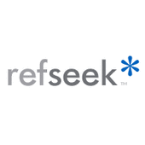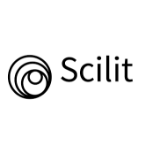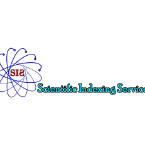This article offers the perspective of an Innovation Manager with over 20 years of professional and academic experience on the impact of Artificial Intelligence (AI) Agents on personal and professional life as per knowledge (end-July 2025).
This article, titled “AI Agents: your new Smart Colleagues”, explores the rapid evolution of AI systems from passive Large Language Models (LLMs) and structured AI Workflows to autonomous or semi-autonomous, goal-oriented AI Agents.
Understanding AI Agents from the user’s perspective is crucial. Unlike traditional models, AI Agents independently rotate through thinking, acting, planning and executing to achieve high-level objectives, effectively becoming decision-makers. Their core characteristics include autonomy, task specificity, responsiveness and adaptation, powered by foundational technologies such as Generative AI, LLMs, Multi-Modal AI, Natural Language Processing (NLP), and Reinforcement Learning. They differ from AI assistants by proactively initiating complex, multi-step actions.
The AI Agent market is projected to grow substantially, from an estimated $7.84 billion in 2025 to $52.62 billion by 2030, fostering transformative applications across diverse sectors like business automation, customer service, financial analysis and legal activities. Use cases include Moody’s for financial analysis, eBay for marketing automation and JPMorgan Chase for legal contracts.
Crucial for their seamless operation is the interoperability of AI Agents, facilitated by emerging open protocols like Model Context Protocol (MCP), Agent 2 Agent (A2A) and NLWeb, which promote communication and collaboration among various AI Agents, forming “Agentic AI”.
Performance is rigorously evaluated using specific benchmarks (e.g. DS-Bench, GAIA, and Web Arena) and a combination of technical, business, user-centric and Return-On-Investment (ROI) metrics. While still at early experimental stages, real-world manifestations like OpenAI’s ChatGPT Agent and Google’s Deep Research underscore their significant potential.
The article emphasizes the critical need for the responsible use of AI Agents, addressing inherent risks such as data privacy concerns, decision errors and embedded biases. It strongly advocates a “humans in the loop” approach, stressing the paramount importance of robust human oversight and ethical guidelines to ensure safety and foster trust. Hallucinations and errors made by AI Agents do not remain confined within the chatbots (as in the case of Gen AI/LLM), but become visible to third parties with a potential negative impact on personal reputation.
AI Agents + Humans = Assisted AI Agents!
The integration of AI Agents into the workplace necessitates a fundamental rethinking of educational systems and a proactive shift in relevant human skills, moving towards expertise in orchestration, interpersonal relations and complex decision-making, thus forging a truly collaborative human-AI ecosystem.
The collaboration between humans and AI Agents (Smart Colleagues) will become a defining characteristic of the modern workplace. Human workers will adapt their own role, as companies will integrate AI Agents into their organizations, following the golden rules for responsible use of AI Agents.
Keywords : Agentic AI, Agent 2 Agent (A2A), AI Agent, Artificial Intelligence (AI), Assisted AI Agent, Bias, Generative Artificial Intelligence (GenAI), Hallucination, Large Language Model (LLM), Machine Learning (ML), Model Context Protocol (MCP), Prompt Engineering, Responsible AI, Retrieval Augmented Generation (RAG).
Citation: Valacca, R. (2025). AI Agents: Your New Smart Colleagues. Int J Math Expl & Comp Edu.2(3):1-12.













